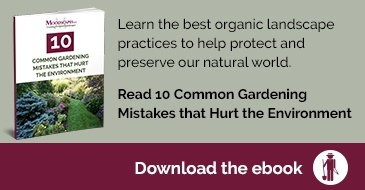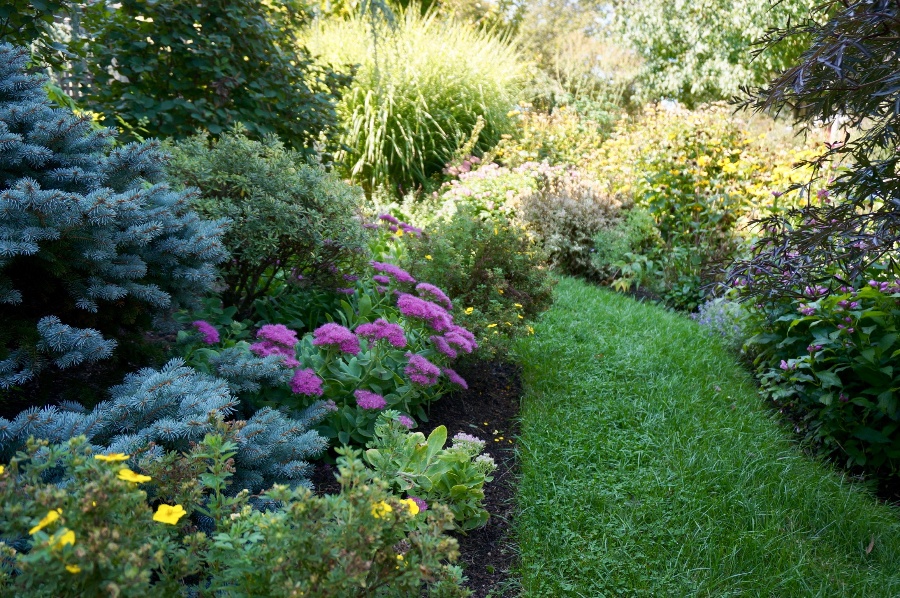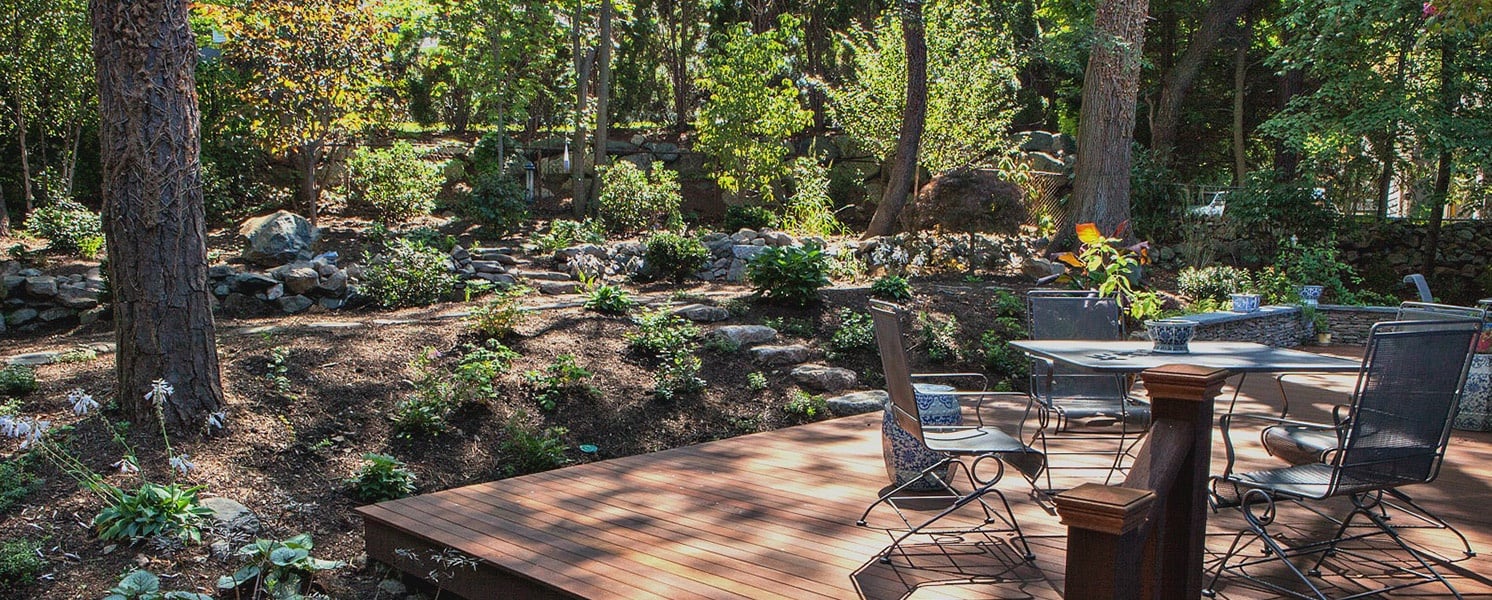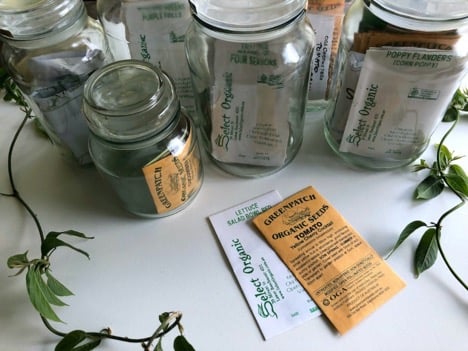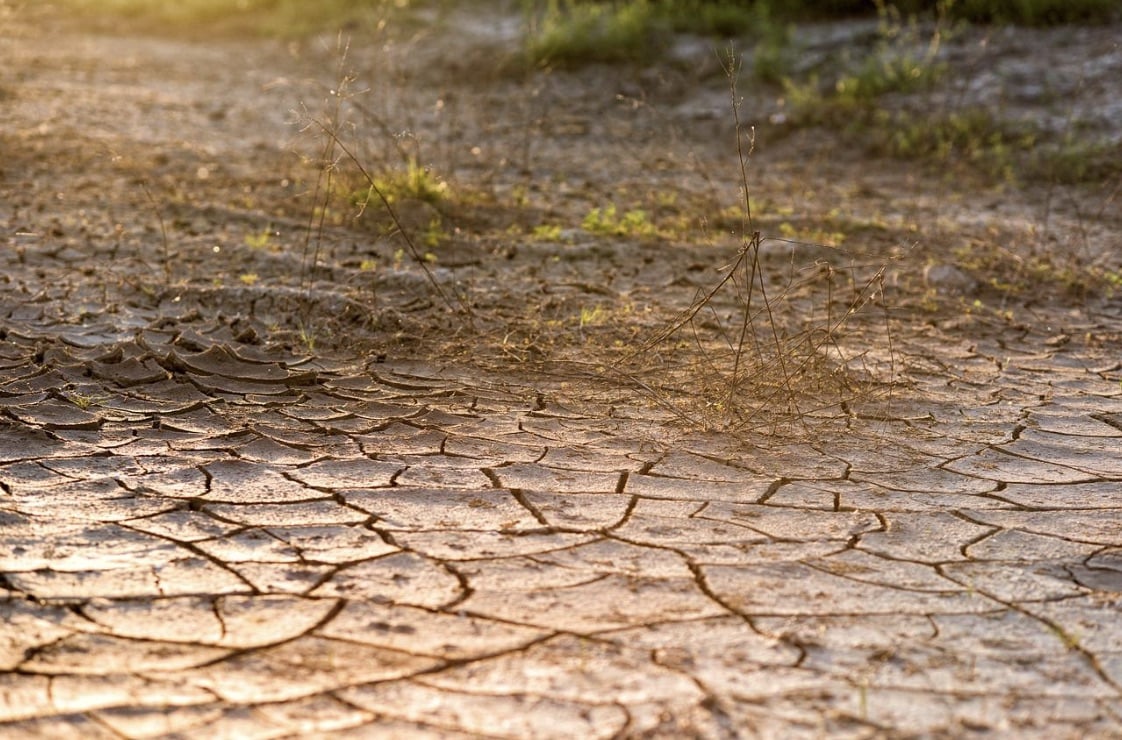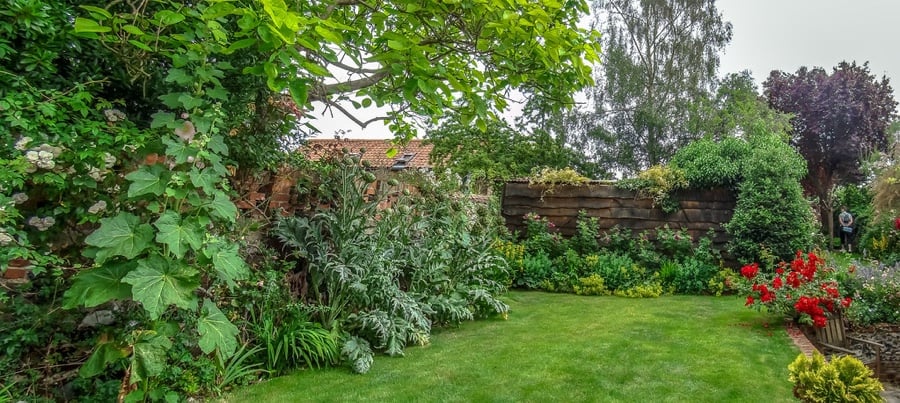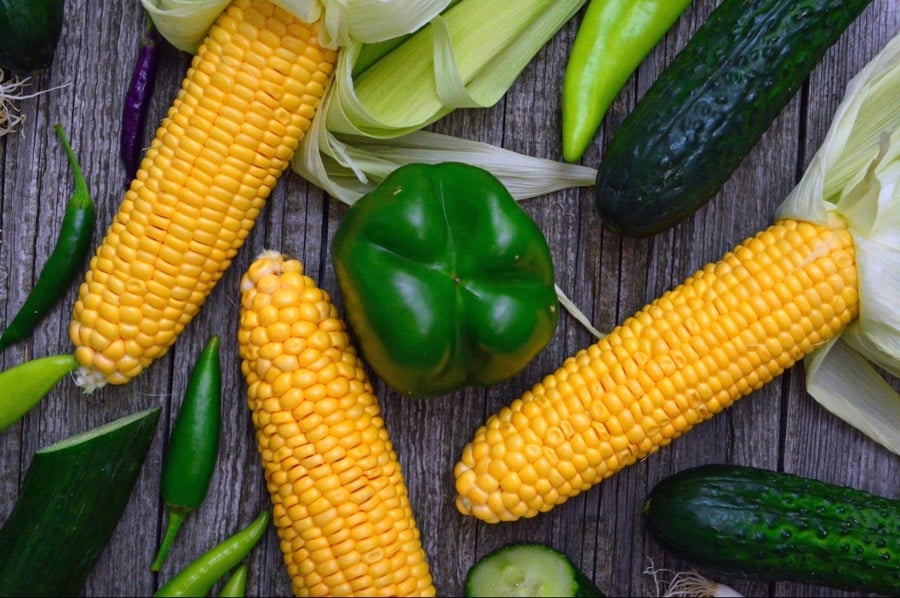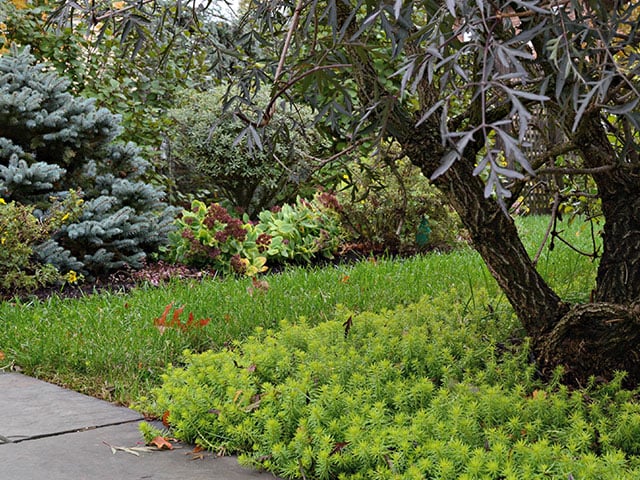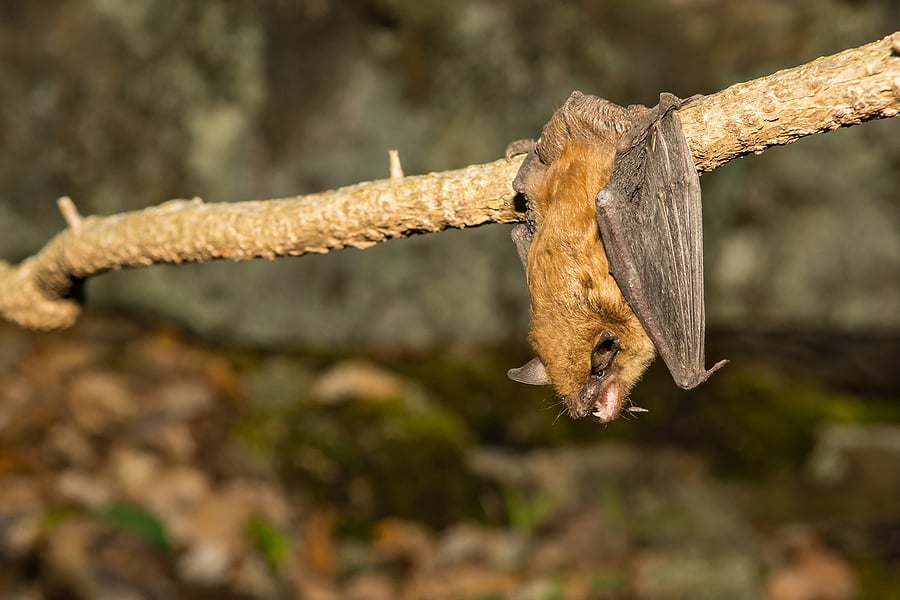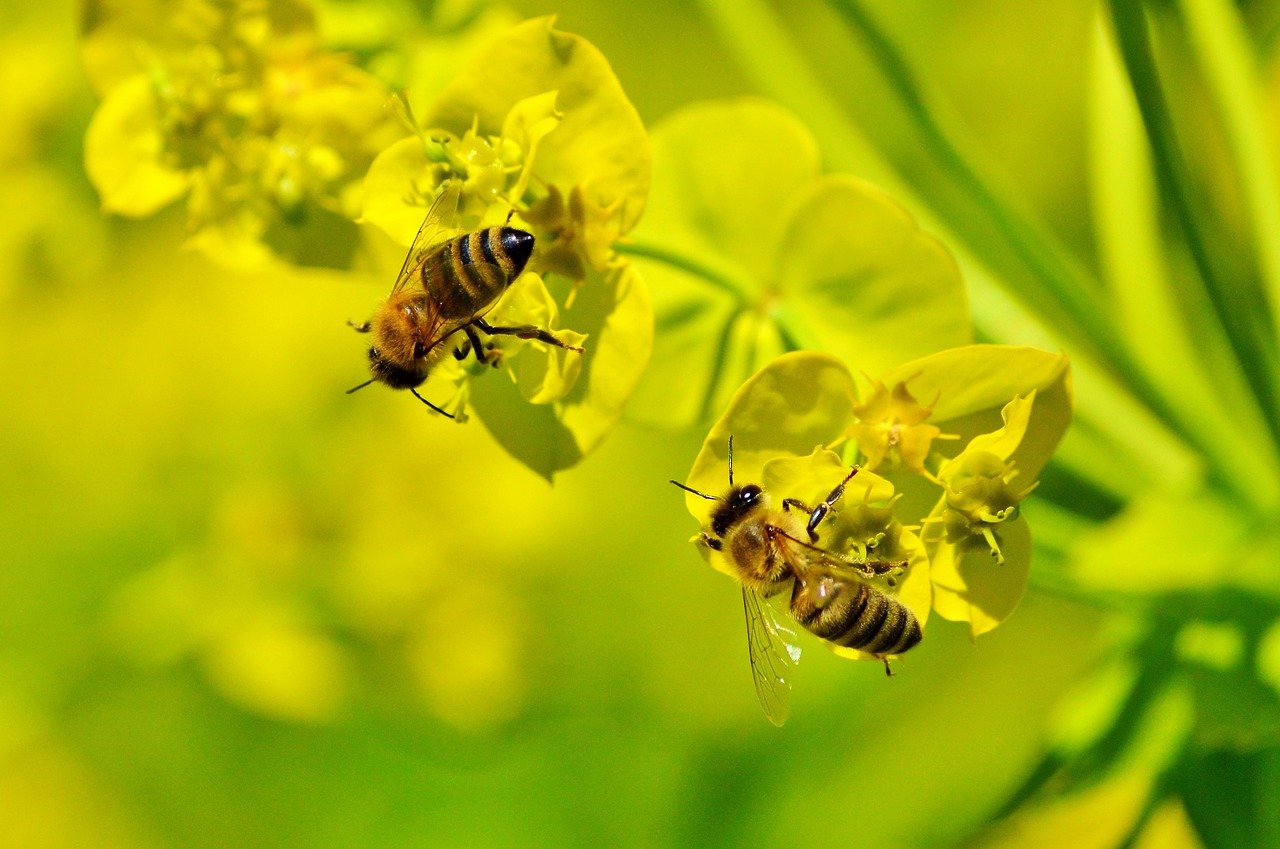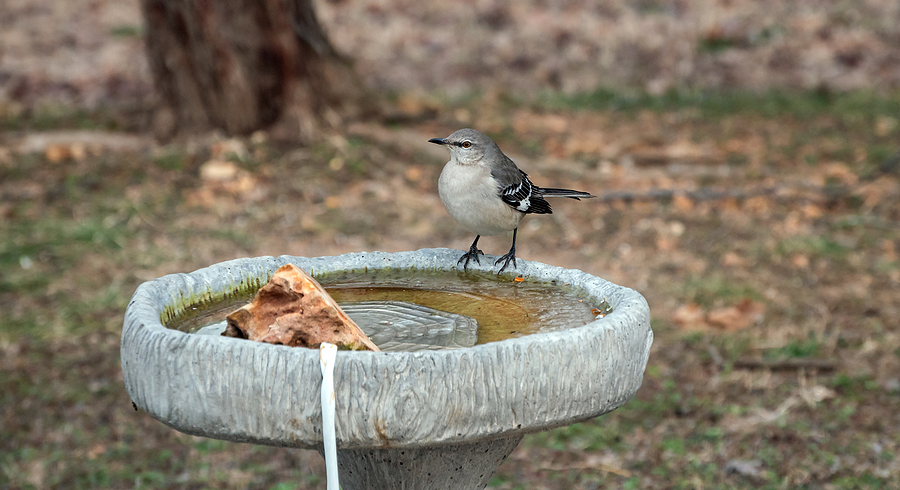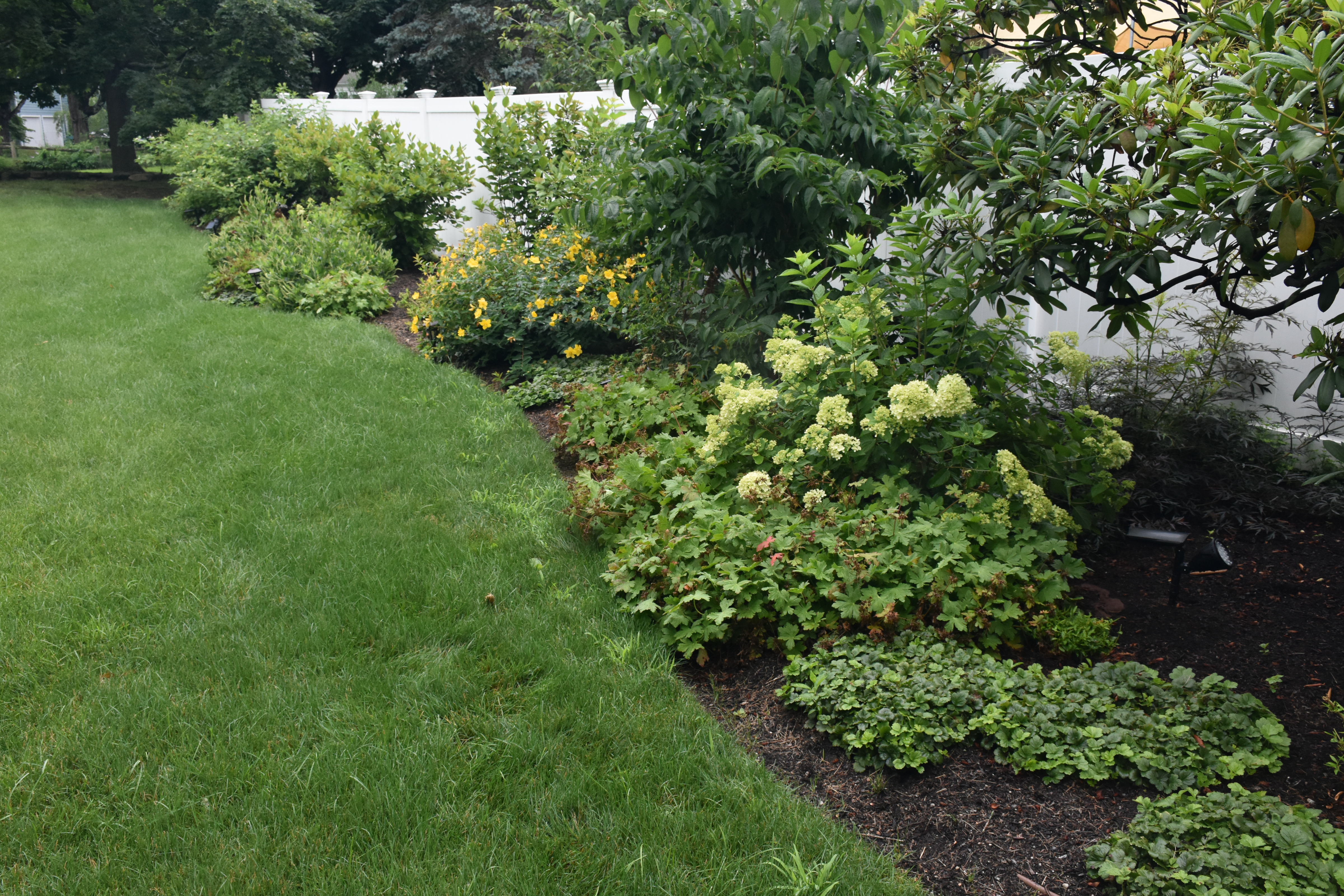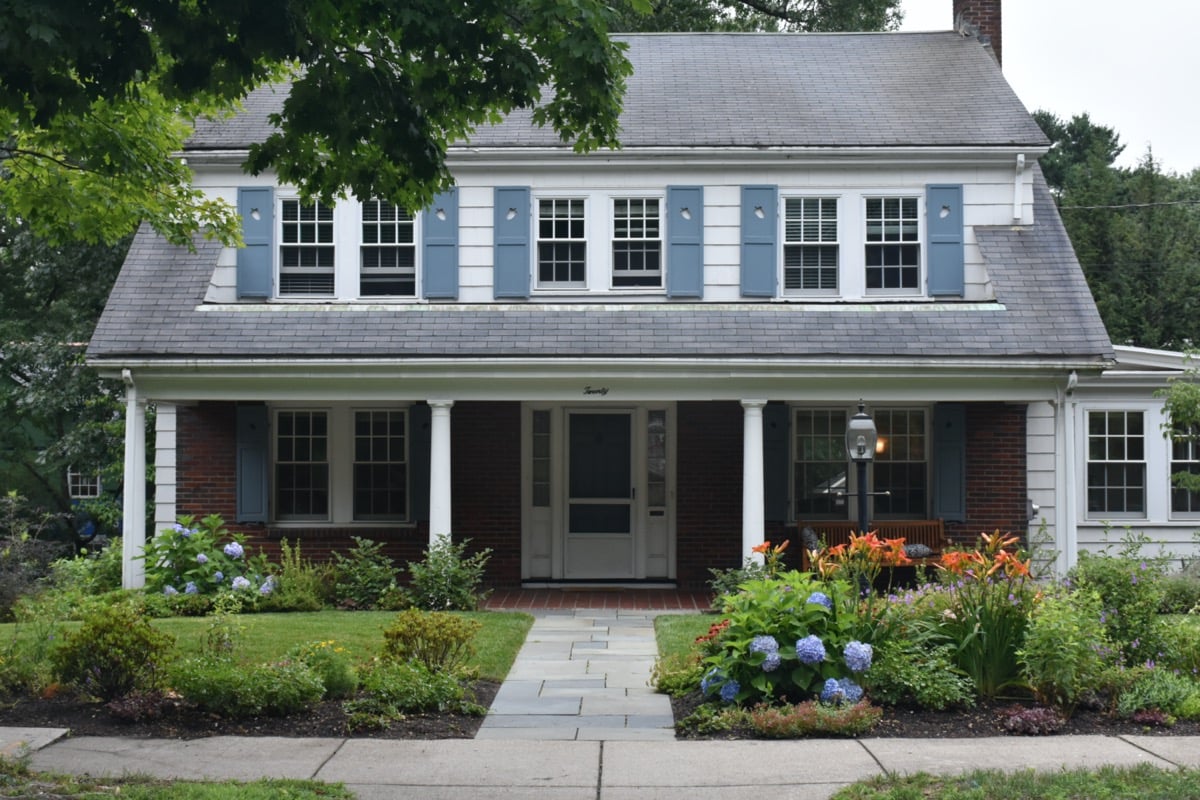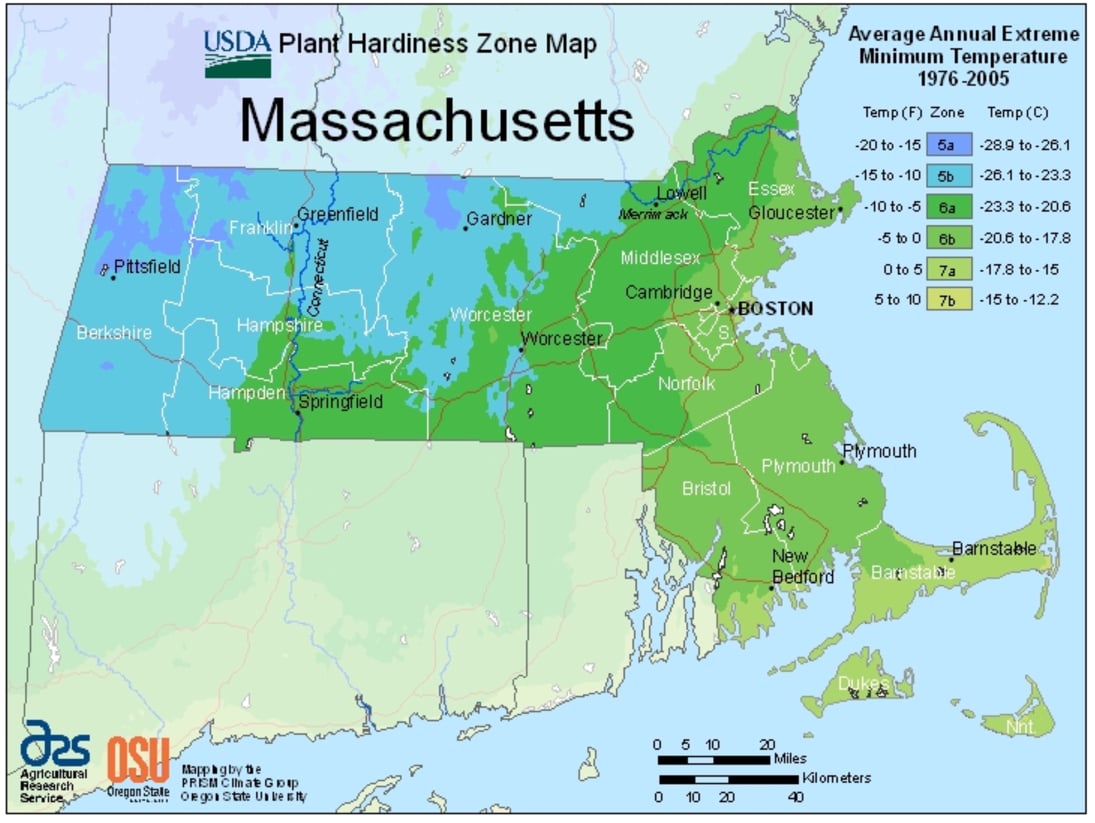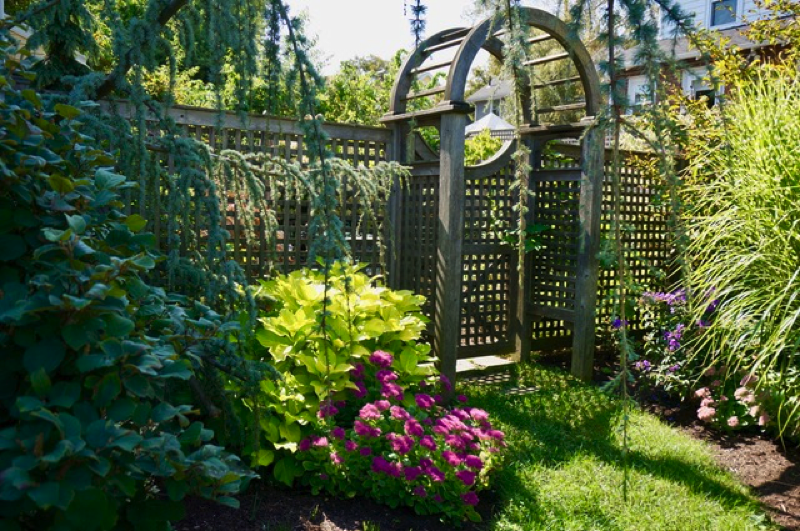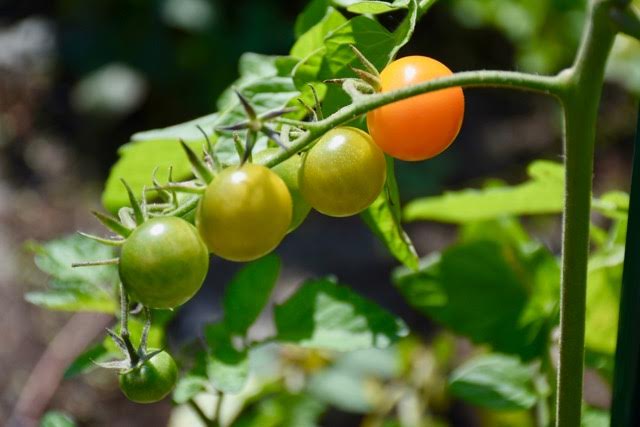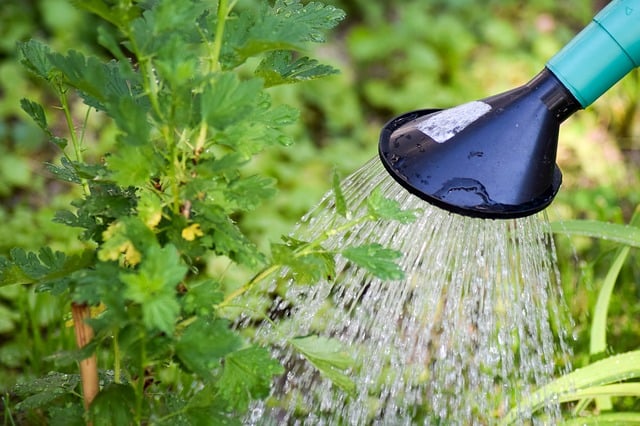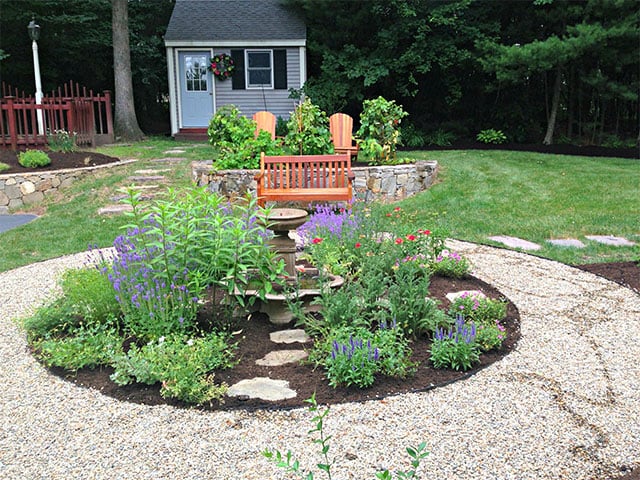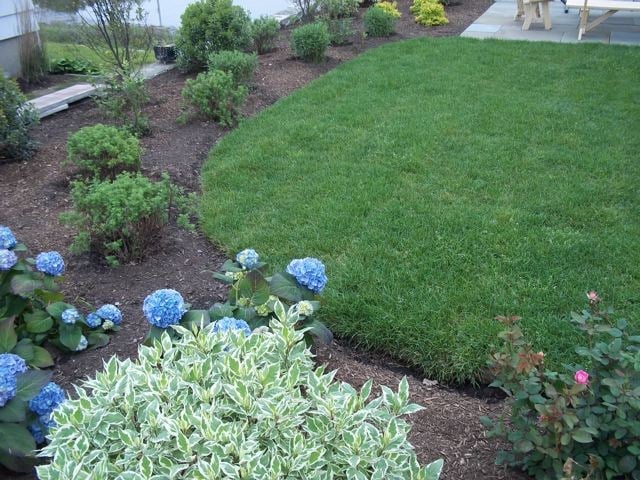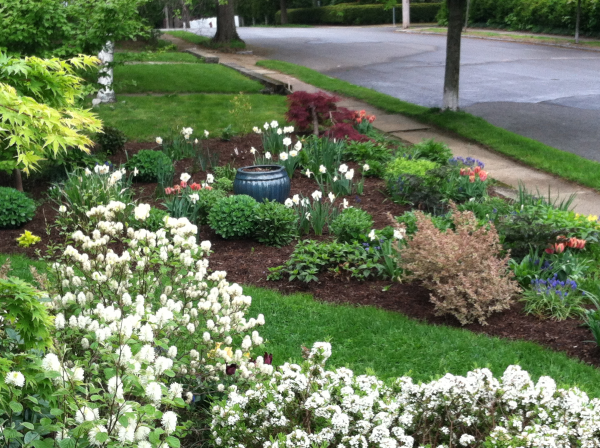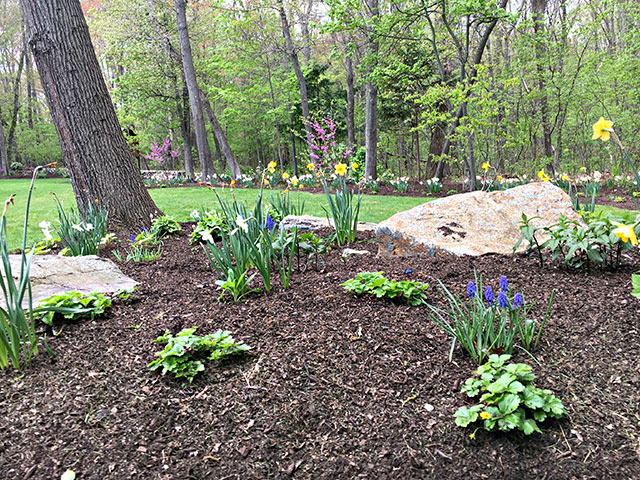Rewilding is not a new idea, but it has grown in popularity over the last several years. The modern homeowner is becoming more aware of how even small choices they make in their backyard affects the bigger picture.
As we understand the relationship between us and nature more, there are several changes we can make in our backyards that will help the environment and the critters who we share it with. The beauty of these changes is that they are not expensive—in fact, some of them are even time and money-saving because they hinge on us doing less!
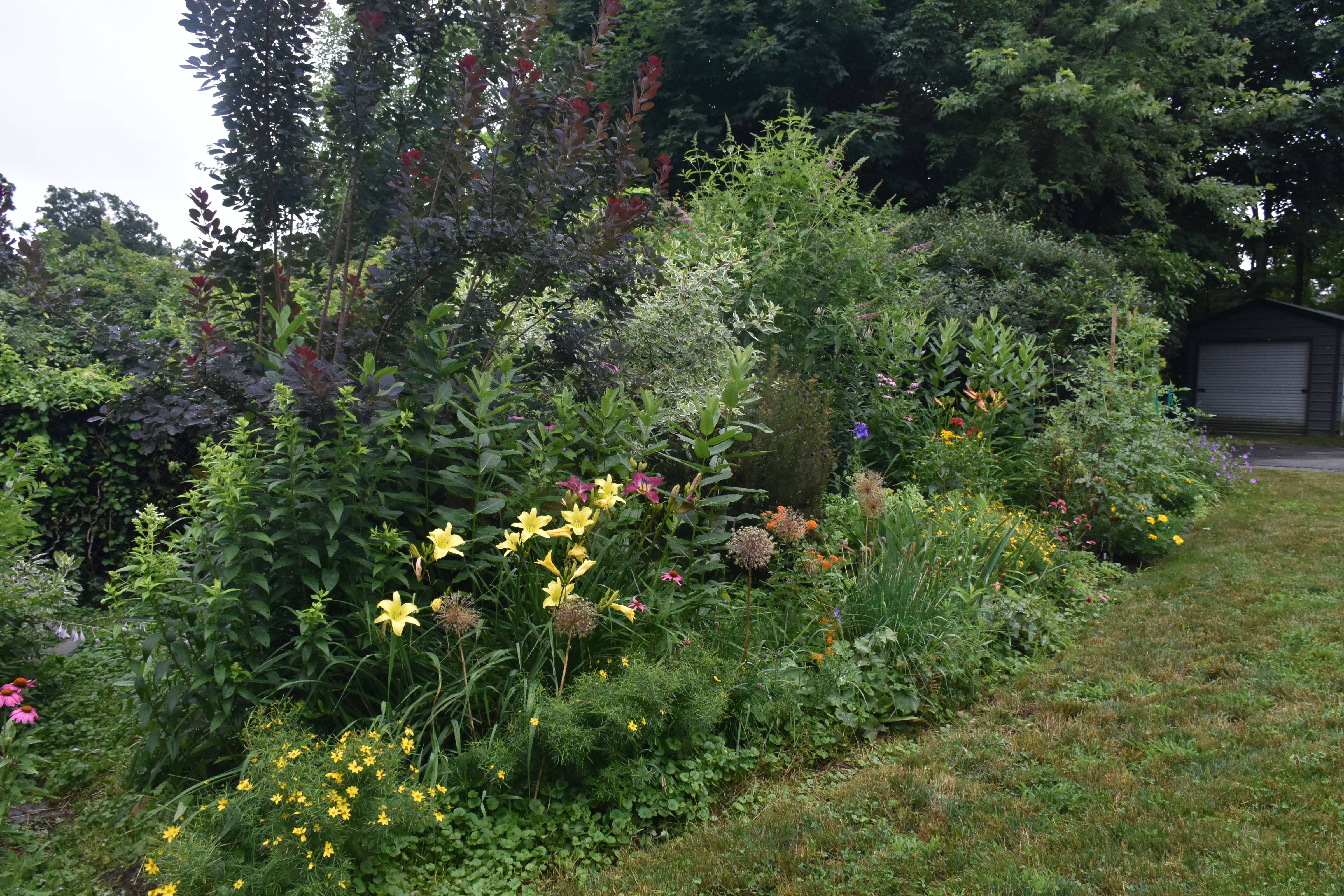
1. Weeds Aren’t the Worst
We often approach weeds as wild beasts to be defeated in our backyards. There is no shortage of weed and pest control articles on the internet. But to embrace rewilding in our backyard, we need to move away from the misconceptions we have about weeds.
Many plants we consider weeds are just native plants that thrive wherever we are. This idea of rewilding is that we allow these plants a certain measure of freedom. Maybe just start out with a small section of your backyard or garden where you allow weeds to go wild. That being said, there are some weeds that will do damage to everything around them, and they need to be dealt with accordingly.
2. Give Critters a Home
There are many critters that would love to call your backyard home. Where you live will determine which ones. Birds, bats, rabbits, mice, and insects are all common backyard inhabitants.
With birds and bats, it’s as simple as putting up some little houses in trees or on posts. If you want the furry variety of critter in your yard, encouraging them with piles of sticks or leaving small piles of leaves in an undisturbed corner will do the trick. Also, deadwood such as log piles or trees—as long as there isn’t a danger of falling—make great insect and bug homes.
3. Bird Baths and Water Features
If you’re going to have birdhouses, then having a little birdbath or pond for them to use is a natural next step. The cool thing about a birdbath is that it will attract and benefit other animals like squirrels or bees, for example.
If you really want to go all out, having a large water feature put in will take the rewilding to the next level. Water features come in many forms; from little ponds or small streams to a full-on natural swimming pool that you could go for a swim in. This is for the fully invested rewilder because having a natural swimming pool is not cheap and there is a certain amount of ongoing maintenance costs to it.
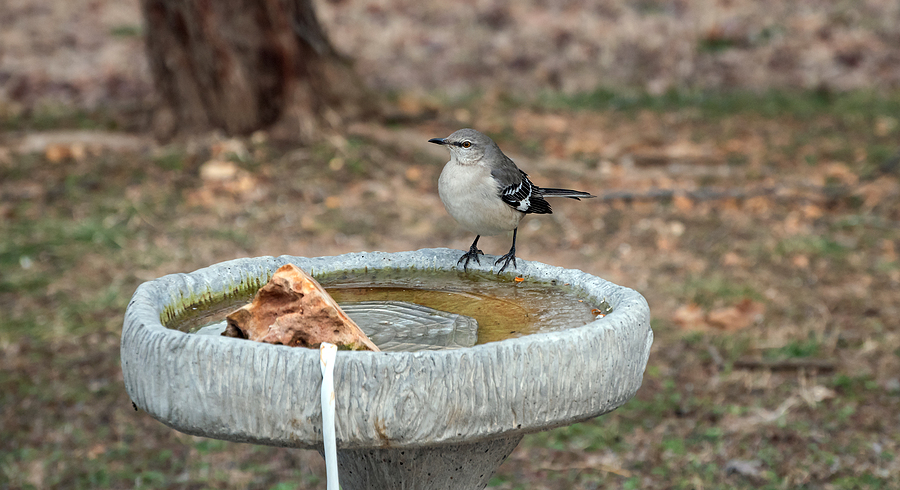
4. Let the Grass Grow Wild
Even if you don’t have a backyard garden, rewilding is as simple as not mowing. Even if you just pick a section of your yard to let the grass go, you’ll notice the difference. As the grass grows, weeds will come in with it and you might even be surprised as flowers start to grow randomly.
As you let the grass grow wild, there will be more insect life. This can be a nuisance if you live in an area with a lot of mosquitoes. However, you will be helping the bees do their thing and as our understanding of ecology grows, we’ve realized how vital these pollinating champions are to our very survival.
5. Resist the Urge to Tame Everything
When you’re putting a lot of effort into your garden, it can be hard to cut back on your care. But you don’t have to rewild everything at once. Even if you pick a small corner of the garden and allow it to grow without your input.
This even applies to the normal cleanup we do in the garden. For example, leave that pile of leaves. As we mentioned earlier, that will potentially become some critter’s home. Also, not everything needs to be cut back or pruned at the end of the season. Some things grow just as well without pruning and this allows your garden to stay natural and wild.
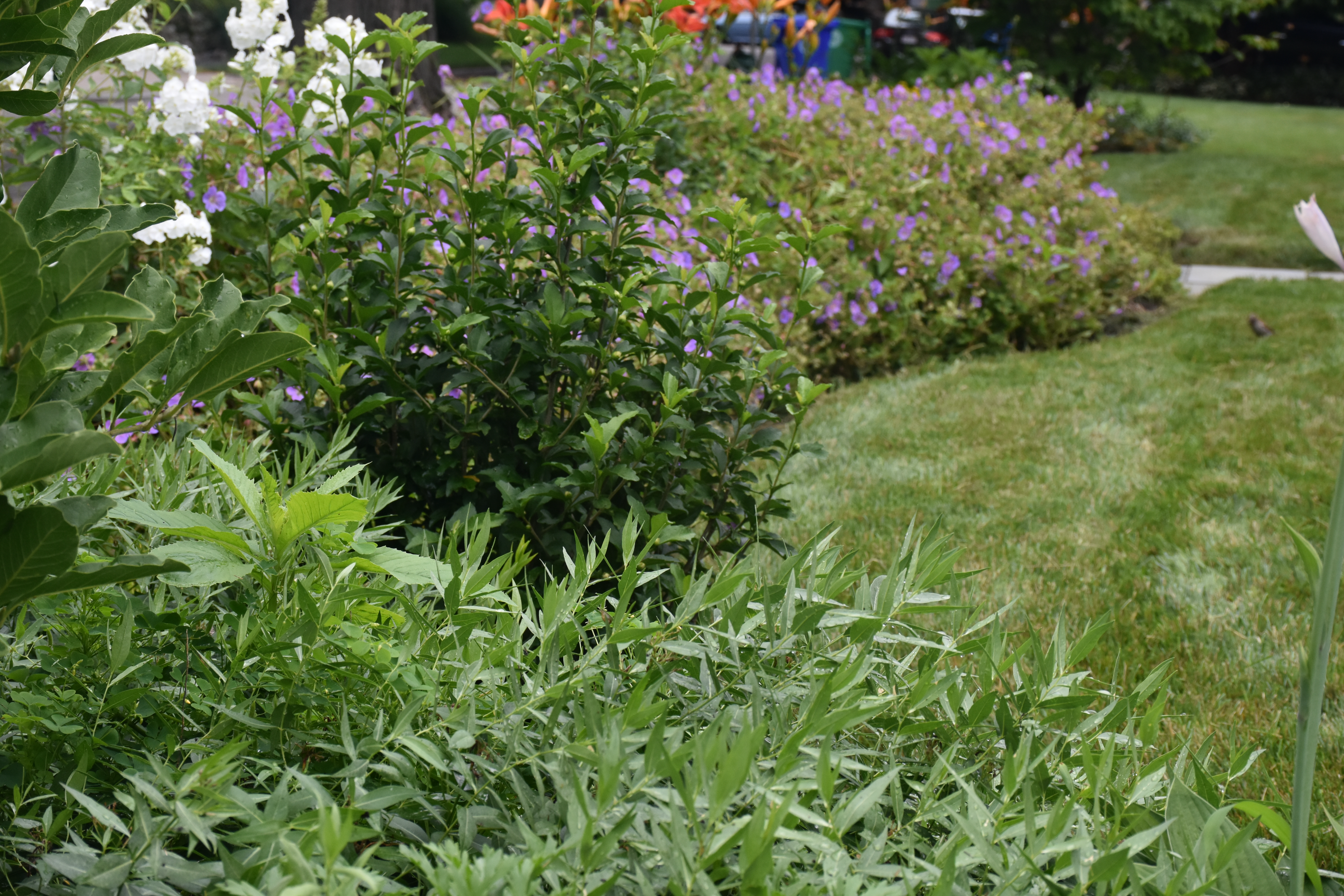
6. Mulch Don’t Dig
While soil itself isn’t alive, it’s teeming with microscopic organic life. When we dig, it throws that balance out. Creating a no-dig garden isn’t always the easiest way to rewild your garden, but it is a great way to bring an ecological balance to the garden.
If you have an established garden, once your plants or vegetables are done for the year, pull them out along with any weeds. Then spread the area with a couple of inches of mulch. This mulch eventually breaks down and becomes high-quality topsoil. The key to this type of gardening is finding well-rotted compost to mulch with.
7. Do it for the Bees
If the bees die—we die. There are many initiatives taking place worldwide to help preserve and encourage the bee population to grow. For example, urban bee farming has exploded over the last several years.
A common thing to do when rewilding is to plant a variety of wildflowers to create a meadow-like garden. This is hugely beneficial to bees and helps them do their little jobs in a big way. Another way you’ll help the bees is by having birdbaths or water features because they will actually collect water for their hives.
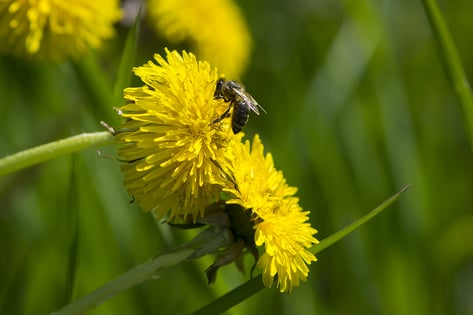
8. Minimize Hard Landscaping
There is nothing wrong with a perfectly manicured lawn in the backyard, with a nice brick path out to the gorgeous stone firepit area. But if your goal is to rewild your backyard, then minimizing this type of hard landscaping is a good start.
There isn’t a rulebook stating what is allowed and not allowed while rewilding, but the heart behind it is that you allow nature to do its thing as undisturbed as possible. If you enjoy having friends over for a BBQ, maybe building a nice patio off your house and leaving much off the yard as a rewilded area is an idea. Who knows, maybe it will spark some questions and you will be able to get someone else on board with rewilding their backyard.
9. Organic, Organic, Organic
Many chemicals on the market are supposed to help things grow or keep insects away. This may be the way growing is done commercially, but if your goal is to rewild, there are natural ways to replace these chemicals that are good for the environment and the wildlife.
Instead of using insecticides or pesticides, put companion planting into practice. Grow plants that either distract or repel unwanted visitors and, grow plants that attract the insects you want such as bees.
Long-term use of fertilizers isn’t beneficial. Eventually, they wreck the natural balance that exists in the soil, and then nothing will survive without them. Opting for natural methods such as mulching or using manure for fertilizer is much more effective and environmentally friendly.
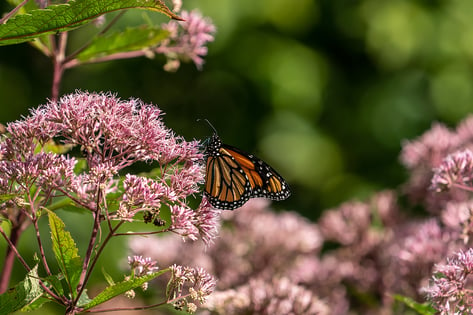
10. Plant Native Trees and Plants
A common theme with rewilding is to have as little human intervention as possible. The less you do, the wilder it’s going to get in the backyard. That’s the beautiful thing about rewilding; there is no right or wrong way to do it. All the little changes you make can have significant impacts in the long run.
One thing that encourages less intervention is planting trees and plants that are native to your area. If not native, at least plants that are rated for the seasons and temperatures your area gets. You can determine all this by paying attention to the hardiness zone the plant is meant for.
Embrace the Lifestyle
All in all, rewilding is more than just something to do. It truly is a lifestyle because it doesn’t happen overnight. This is especially true if you have always kept your backyard or garden in pristine shape. Again, there is nothing wrong with beautiful landscaping. Rewilding is simply a small way to give back to our environments for how much it has given to us.
To learn more about creating a healthy, environmentally-friendly landscape in your own backyard, download our free ebook, 10 Common Gardening Mistakes That Actually Hurt the Environment.
At Moodscapes, we use environmentally-safe best practices and materials designed to bring out the best in nature and enhance your outdoor living experience. To learn more, contact the organic landscaping specialists here at Moodscapes. To read more about sustainable landscaping, please download our FREE eBook titled 10 Common Gardening Mistakes that Hurt the Environment.
